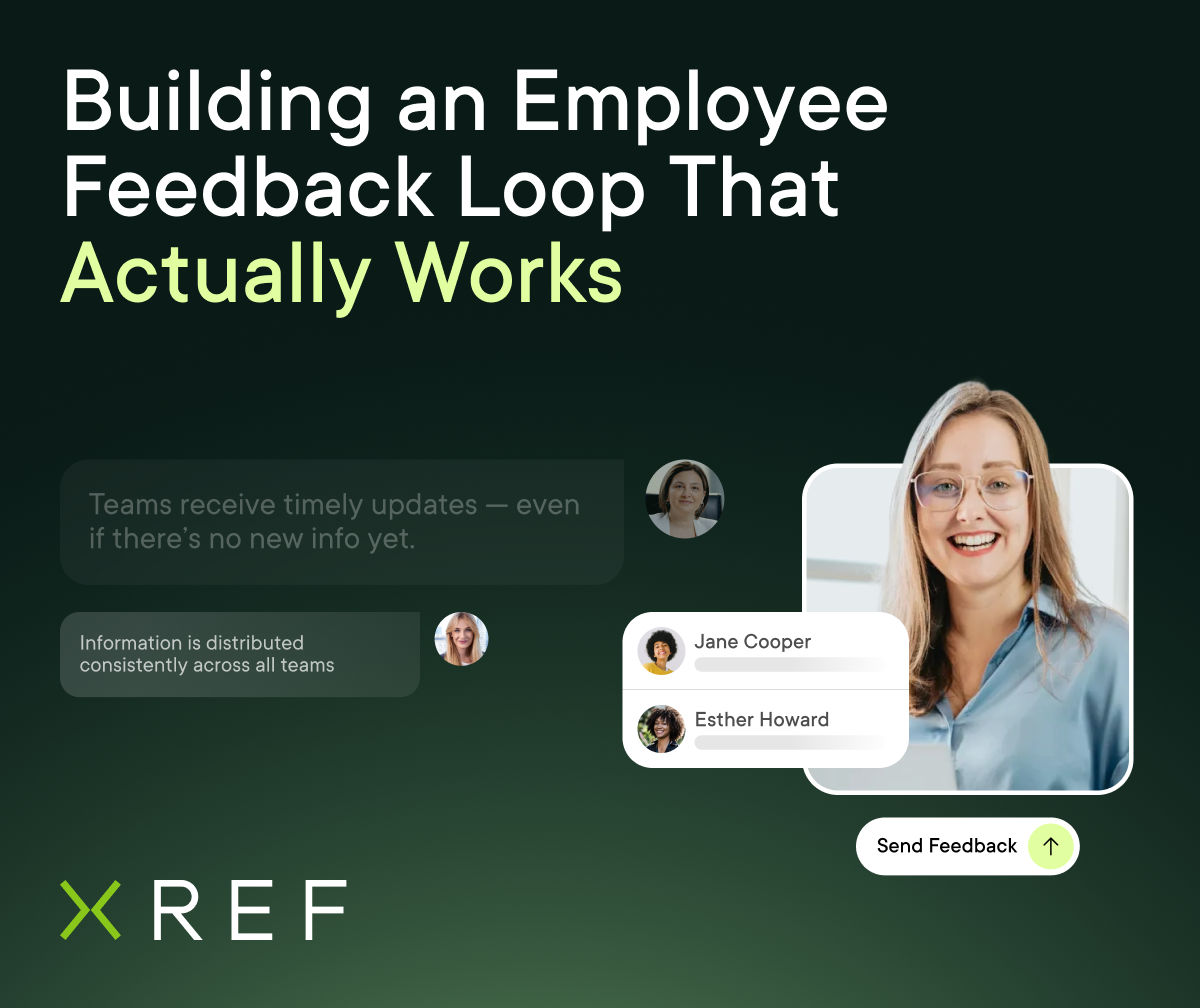


Give your people a voice with a tailored Xref Engage survey.
Increase retention and reduce turnover with quick employee feedback from an Xref Pulse Survey.
Recruitment marketing. It’s one of today’s hottest HR topics and for good reason.
Talent acquisition professionals have realised the marketing principles companies use to differentiate their brand from competitors can be applied to winning the attention of prospective employees.
To get in front of the right people, in the right place at the right time, some smart new tools and approaches need to be adopted and, importantly, measured to navigate future success.
For recruitment agencies, the challenge is heightened, given the requirement of staff to promote client opportunities while concurrently maintaining their agency’s own reputation.
Attracting talent requires more than a great offer from a client and often candidate perceptions of the recruitment agency will impact heavily on their ability to succeed.
So, which of the metrics used by their in-house peers should recruitment agencies adopt to measure the success of their recruitment marketing efforts, for both their clients and their own business?
We know about the importance of moving beyond a “spray and pray” approach but, as you adopt more targeted methods to reach the right talent for clients, what impact is that having on your business and their budgets?
Key here is to make incremental changes, learn from them and adapt as you go. Track the number of applicants solicited from different sources. Follow the time and expense associated with finding the right talent for each placement and calculate your return on investment. Over time you’ll start to see trends and have a better idea of how to adapt your own approaches and the counsel you offer clients for their employer branding efforts.
Consumer marketing requires a laser focus on customer journeys. Similarly, effective recruitment marketing involves learning as much as you can about your talent pool and the journey a candidate - active or passive - takes to become a placement. Understanding the social media platforms they use, the way they learn, and the topics that resonate with them are all critical to getting and maintaining candidates’ attention.
Once you have the tools in place, measuring their outcomes is key to building the optimal recruitment journey that will ultimately bring through the best talent for your clients. Monitor the major touch points and evaluate how successful your recruitment marketing efforts have been. And, again, evolve and adapt as you go.
A recent study found that 59 percent of US employees would be willing to leave their current job if a more appealing offer came their way, even though they aren’t actively looking. There is a goldmine of great talent in so-called ‘passive candidates’ who are performing well in their current role but would be willing to move for the right opportunity. Beating your competition to identifying and securing them, requires great content, engagement and speed.
Reduce the length of the hiring journey by monitoring the time it takes to attract viable candidates and the average time to hire. Dig deeper. Break out these measurements by sector, profession, or any other metrics relevant to your placements and goals.
Brand advocates are as important for recruitment agencies as they are for in-house recruiters. When candidates have had a great experience with a recruiter or recruitment team their recommendation to others is a powerful endorsement.
But there’s more you can do than rely on word of mouth. Look at each of your main stakeholder groups individually to understand the impact they are having on perceptions of your agency and clients.
Want to learn from some pros on the topic of recruitment marketing? You’re in luck too - we’ve summarised the main outputs of our Toronto event on the topic here!
